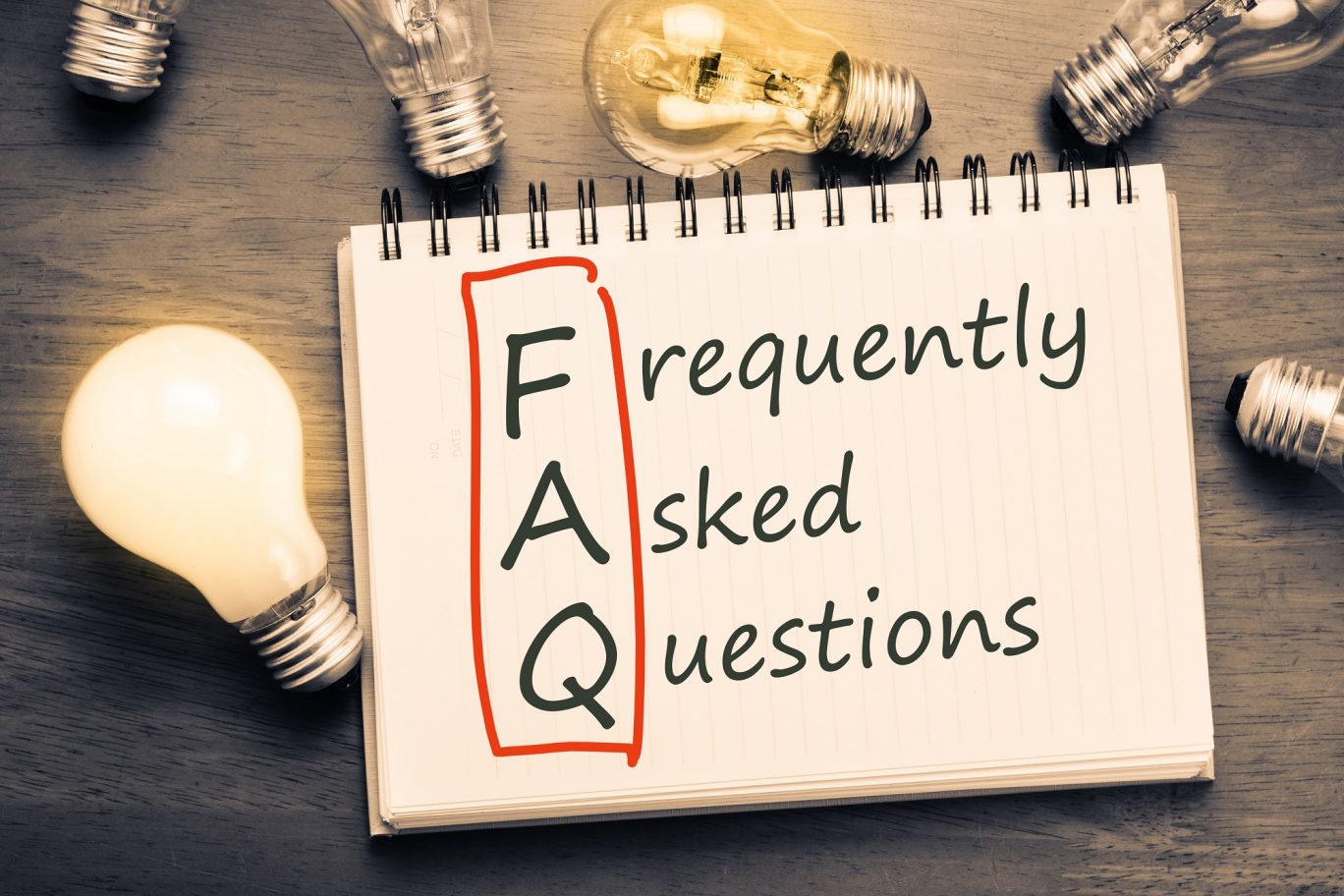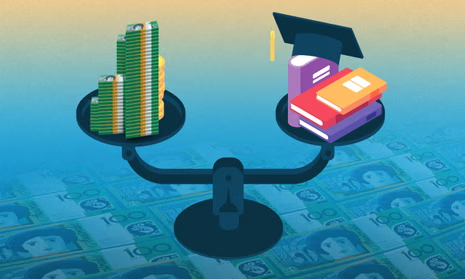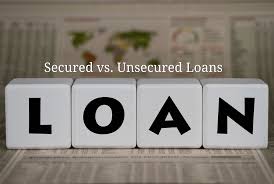The question, “Do online loans require a guarantor?” is common among Australian borrowers, particularly those with limited credit history, lower income, or seeking larger loan amounts. While guarantor loans are prevalent in certain segments of the lending market (most notably home loans for first-time buyers), their role in the realm of online loans in Australia is far less common, if not almost non-existent for standard unsecured personal loans. This comprehensive guide will clarify the concept of a guarantor, explain why they are typically not required for most online loans, explore the rare exceptions where a form of “guarantee” might be relevant, and highlight the more common types of security or support sought by online lenders.
Understanding a Guarantor in Lending
A guarantor is an individual who agrees to be legally responsible for another person’s loan if that person (the primary borrower) defaults on their repayments. Essentially, they provide a financial promise to the lender. If the borrower fails to pay, the lender has the right to pursue the guarantor for the outstanding debt, which can include seizing assets the guarantor has offered as security (e.g., their home equity).
Key characteristics of a guarantor:
- Financial Responsibility: Assumes significant risk, potentially liable for the entire loan amount, interest, and fees.
- Strong Financial Standing: Typically needs a good credit score, stable income, and often significant assets (e.g., property) to satisfy the lender.
- Independent Legal Advice: In Australia, a guarantor is usually required to seek independent legal advice before signing a guarantee, highlighting the seriousness of the commitment.
Why Guarantors Are NOT Common for Standard Online Loans in Australia
The vast majority of online loans in Australia (especially unsecured personal loans, SACCs, and MACCs) do not require a guarantor. Several reasons contribute to this:

- Nature of Online Lending:
- Automation and Speed: The core value proposition of online loans is their speed and streamlined digital process. Involving a guarantor introduces significant manual steps (e.g., guarantor assessment, separate legal advice, signing additional documents), which slows down the entire application and approval process.
- Unsecured Focus: Most online personal loans are unsecured. Their pricing (higher interest rates than secured loans) already incorporates the higher risk associated with no collateral. Adding a guarantor fundamentally changes this risk profile and operational model.
- Responsible Lending Obligations:
- ASIC’s responsible lending laws require lenders to assess the primary borrower’s ability to repay the loan without undue hardship. The presence of a guarantor does not bypass this fundamental requirement. Lenders must be satisfied that the primary borrower can service the debt themselves. If the primary borrower cannot, even with a guarantor, the loan might be deemed “unsuitable.”
- Forcing a guarantor for everyday online loans could also be seen as a way to circumvent proper affordability assessments for the primary borrower, which is against ASIC’s principles.
- Lender Business Model:
- Online lenders typically have specific risk appetites and lending criteria. They either lend based on the borrower’s credit score and income (for unsecured loans) or require specific assets as security (for secured loans). They generally don’t build their model around the complexities of guarantor arrangements for smaller, quick-access loans.
Exceptions or Nuances Where “Guarantor-like” Support Might Be Seen (Rare for Online Loans)
While rare for the average online personal loan, some situations might present a form of “guarantee” or require co-signatories:
- Secured Loans (Asset-Backed): If an online loan is secured by an asset (e.g., a car loan where the car is collateral), and the borrower’s income or credit score is borderline, a lender might consider a co-borrower who also has ownership of the asset. This isn’t a traditional guarantor, but a joint applicant who shares ownership and full liability for the loan.
- Home Loans (Family Guarantor Schemes): This is where guarantors are most common in Australia. Some banks offer “family guarantor” or “family security” home loan options where a parent or close family member uses equity in their home as security for a portion of the borrower’s home loan (typically to avoid Lenders Mortgage Insurance). While these loans can be applied for online, they are complex, high-value, and involve extensive manual processes, making them distinct from the fast, small online loans typically discussed.
- Joint Applications: Instead of a guarantor, some online lenders allow joint applications for personal loans. In this scenario, both applicants are equally responsible for the loan. This is different from a guarantor, as both parties are primary borrowers, sharing the debt. This can be useful for couples or family members who share finances and want to combine their income/credit strength for a better loan offer.
Alternatives to Guarantors for Online Loan Applicants
If you’re concerned about your eligibility for an online loan and were thinking about a guarantor, consider these more common and suitable alternatives:

- Improve Your Credit Score: This is the best long-term strategy. Focus on making all payments on time, reducing existing debt, and limiting new credit applications. A stronger credit score makes you a more attractive borrower.
- Reduce Your Loan Amount: Applying for a smaller amount reduces the lender’s risk and might make approval easier.
- Demonstrate Stable Income: Provide clear evidence of consistent income. This is crucial for all online loan applications under responsible lending rules.
- Minimise Expenses: Ensure your declared expenses accurately reflect your spending and that you have sufficient disposable income to cover repayments comfortably.
- Explore Different Lenders: Not all online lenders have the same criteria. Some specialise in certain risk profiles (e.g., offering online loans for bad credit at higher rates). Compare various ASIC-licensed lenders.
- Secured Personal Loans (if you have an asset): If you own a valuable asset (like a car), you might consider a secured personal loan where the asset acts as collateral. This reduces lender risk and can lead to better rates, potentially improving approval chances.
- No-Interest Loan Scheme (NILS) or Centrelink Advances: For low-income earners or those on government benefits, these are very low-risk, cost-free alternatives for essential needs.
Conclusion: Focus on Direct Eligibility for Online Loans
In Australia, the vast majority of standard online loans – including unsecured personal loans, SACCs, and MACCs – do not require a guarantor. The emphasis for online lenders remains squarely on the primary borrower’s individual income, affordability, and credit score, in line with ASIC’s responsible lending obligations. While guarantors are relevant in specific, complex lending scenarios like some home loans, they are generally incompatible with the fast, digital, and often unsecured nature of online loan products. Instead of seeking a guarantor, borrowers should focus on strengthening their own financial profile and exploring alternative, legitimate avenues to improve their eligibility for direct online loan approval.













